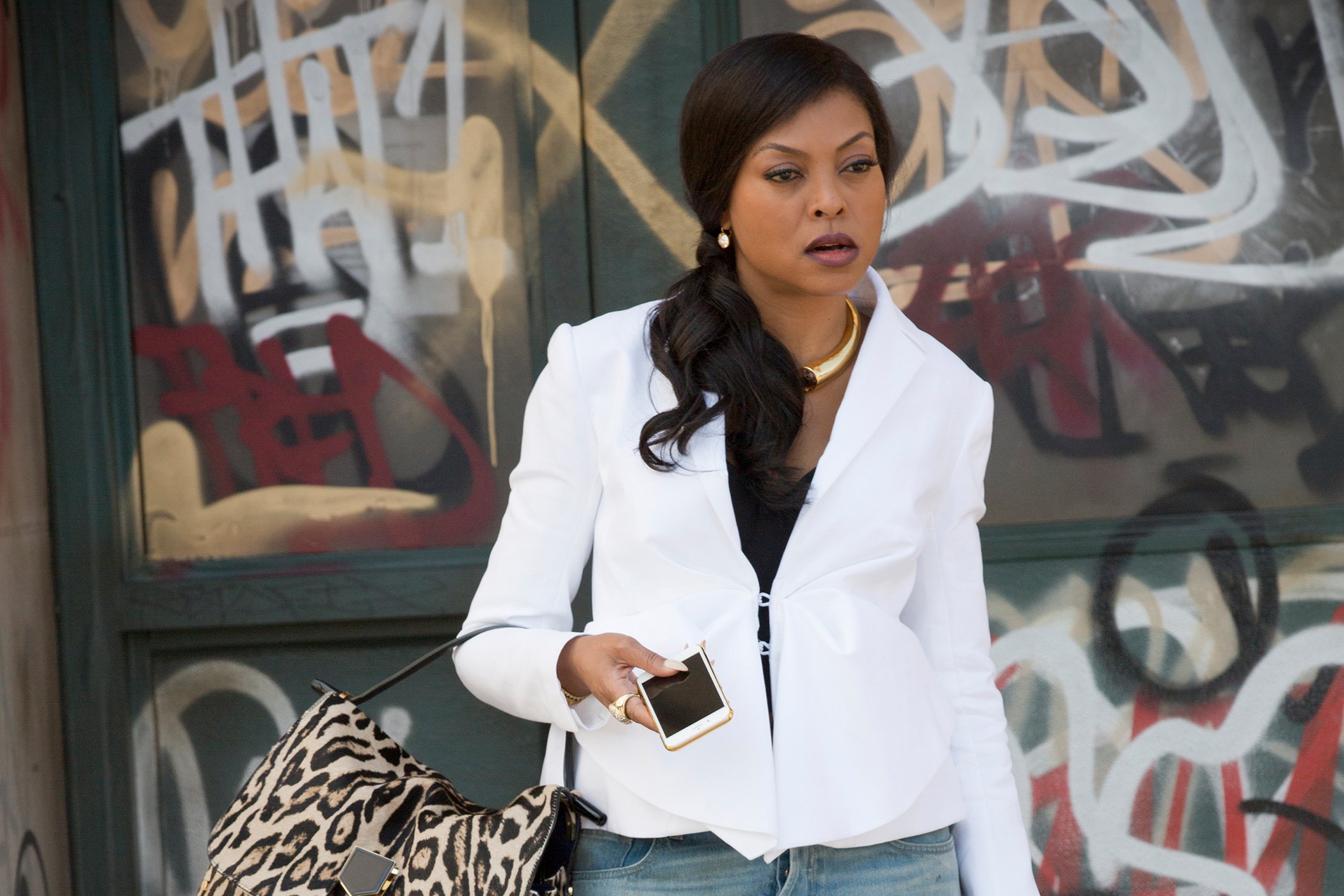
Jeffrey Tambor may have won an Emmy this year for his portrayal of a transgender woman in Transparent, but LGBT representation is still sorely lacking on television, according to GLAAD.
The advocacy organization’s annual report on diversity in scripted programming released Tuesday morning, which analyzes the quantity and quality of LGBT characters in the current season, dug up some overwhelmingly negative data about the number of transgender characters on TV.
In fact, the “Where We Are on TV” report found that transgender characters are absent entirely from primetime broadcast programming. And it’s not much better on cable, which only counts three recurring trans roles, or two percent of all characters.
Streaming services like Amazon, Hulu and Netflix, which GLAAD measured in its study for the first time this year, actually boast the highest percentage of transgender characters at seven percent, and two of the four of them are series leads (Maura on Amazon’s Transparent and Nomi on Netflix’s Sense8). Out of the seven total trans characters on TV, only one is a transgender man.
“The expansion of the television landscape into digital platforms is helping to spark needed changes, as content creators like Netflix and Amazon are making their mark with groundbreaking series like Sense8 and Transparent,” said GLAAD CEO and president Sarah Kate Ellis.
Although racially diverse LGBT characters are notably lacking on all platforms (71 percent of the LGBT characters on cable and 73 percent of them on streaming services are white), the study found that racial diversity on TV overall is increasing. Out of the 881 regular characters counted on primetime broadcast shows, 287 of them are people of color — a six-point increase from last year. NBC is leading the charge among the five broadcast networks. Of that number, 16 percent, or 145, are African American, which marks the highest number of black characters on broadcast TV GLAAD has ever counted (though less than half of them are female).
“The critical and commercial success of series like Empire, Transparent and Orange Is the New Black can serve as an example to network executives that audiences are looking for stories they haven’t seen before,” said Ellis. “There are still plenty of stories about our community yet to be told. LGBT people of color have remained underrepresented for years, and transgender men have been all but invisible in the media.”
The report specifically praises Fox’s hip-hop mega-hit starring Terrence Howard and Taraji P. Henson as “one of the most inclusive programs on broadcast television,” noting the drama’s gay musician character, Jamal Lyon (Jussie Smollett), and bisexual singer, Tiana Brown (Serayah McNeill). Still, only four percent of all characters on broadcast TV identify as gay, lesbian or bisexual.
Bisexual representations shot up on both broadcast and cable this year, where the latter saw an increase from 10 to 18 bisexual men in its programming. However, the study argues that depictions of such characters tend to reinforce stereotypes associated with bisexual individuals (i.e. that they are untrustworthy, prone to infidelity, use sex as a means of manipulation or lack a sense of morality).
Even though the number of regular LGBT characters on cable jumped substantially from 64 to 84, only 22 percent of those characters are lesbians, with the largest portion (41 percent) of them being gay. Streaming video services prove once again that they offer more diversity than traditional platforms, boasting a nearly equal percentage of gay and lesbian characters (39 percent and 36 percent). Among Amazon, Hulu and Netflix’s combined 23 original series, 43 regular characters and 16 recurring ones identify as lesbian, gay, bisexual or transgender. Orange Is the New Black alone has more LGBT characters than any other scripted show.
This article originally appeared on The Hollywood Reporter
More from The Hollywood Reporter:
More Must-Reads from TIME
- Donald Trump Is TIME's 2024 Person of the Year
- Why We Chose Trump as Person of the Year
- Is Intermittent Fasting Good or Bad for You?
- The 100 Must-Read Books of 2024
- The 20 Best Christmas TV Episodes
- Column: If Optimism Feels Ridiculous Now, Try Hope
- The Future of Climate Action Is Trade Policy
- Merle Bombardieri Is Helping People Make the Baby Decision
Contact us at letters@time.com